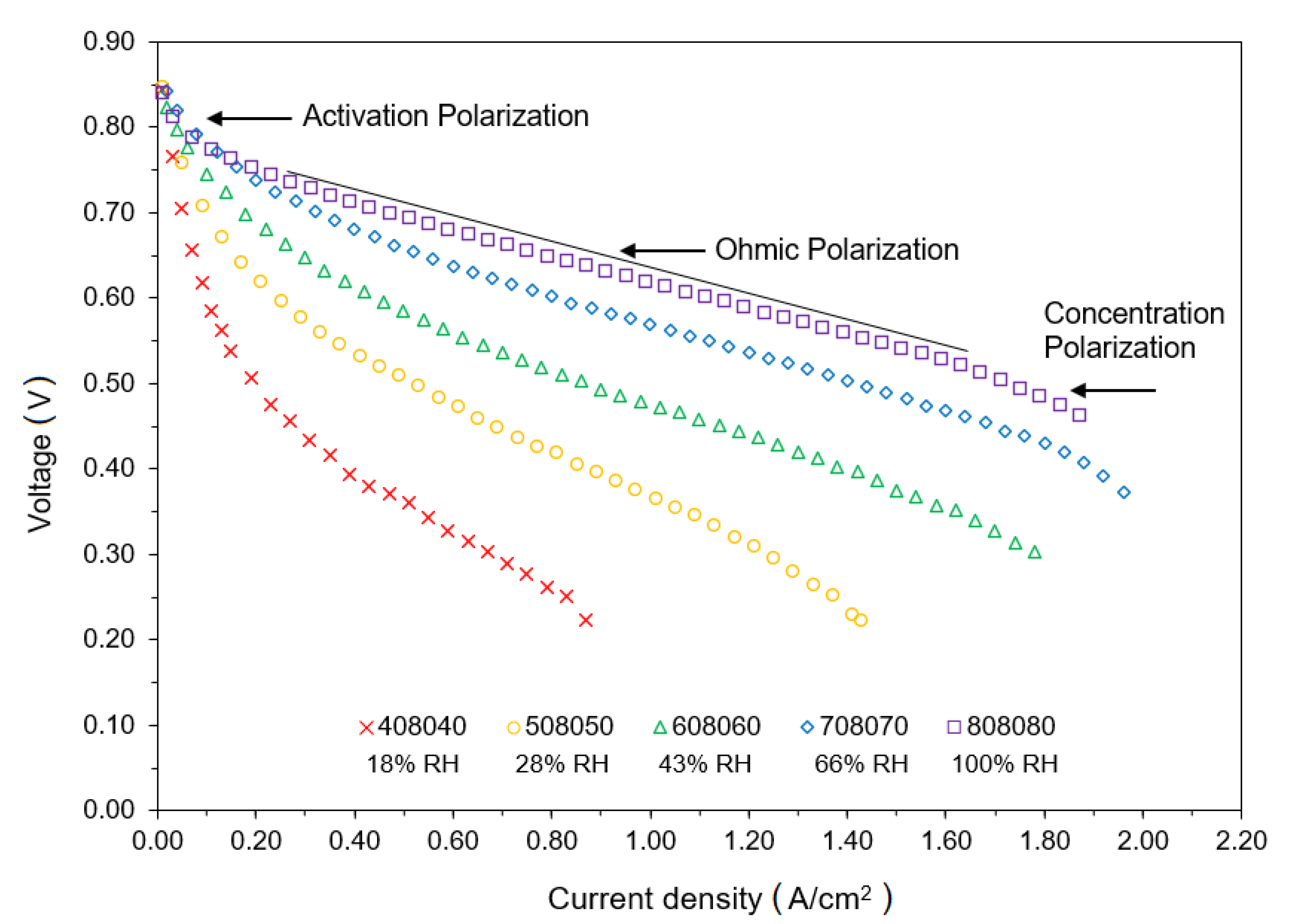
Energies, Free Full-Text
4.9 (276) In stock

4.9 (276) In stock
The development of green energy conversion devices has been promising to face climate change and global warming challenges over the last few years. Energy applications require a confident performance prediction, especially in polymer electrolyte fuel cell (PEFC), to guarantee optimal operation. Several researchers have employed optimization algorithms (OAs) to identify operating parameters to improve the PEFC performance. In the current study, several nature-based OAs have been performed to compute the optimal parameters used to describe the polarization curves in a PEFC. Different relative humidity (RH) values, one of the most influential variables on PEFC performance, have been considered. To develop this study, experimental data have been collected from a lab-scale fuel cell test system establishing different RH percentages, from 18 to 100%. OAs like neural network algorithm (NNA), improved grey-wolf optimizer (I-GWO), ant lion optimizer (ALO), bird swarm algorithm (BSA), and multi-verse optimization (MVO) were evaluated and compared using statistical parameters as training error and time. Results gave enough information to conclude that NNA had better performance and showed better results over other highlighted OAs. Finally, it was found that sparsity and noise are more present at lower relative humidity values. At low RH, a PEFC operates under critical conditions, affecting the fitting on OAs.
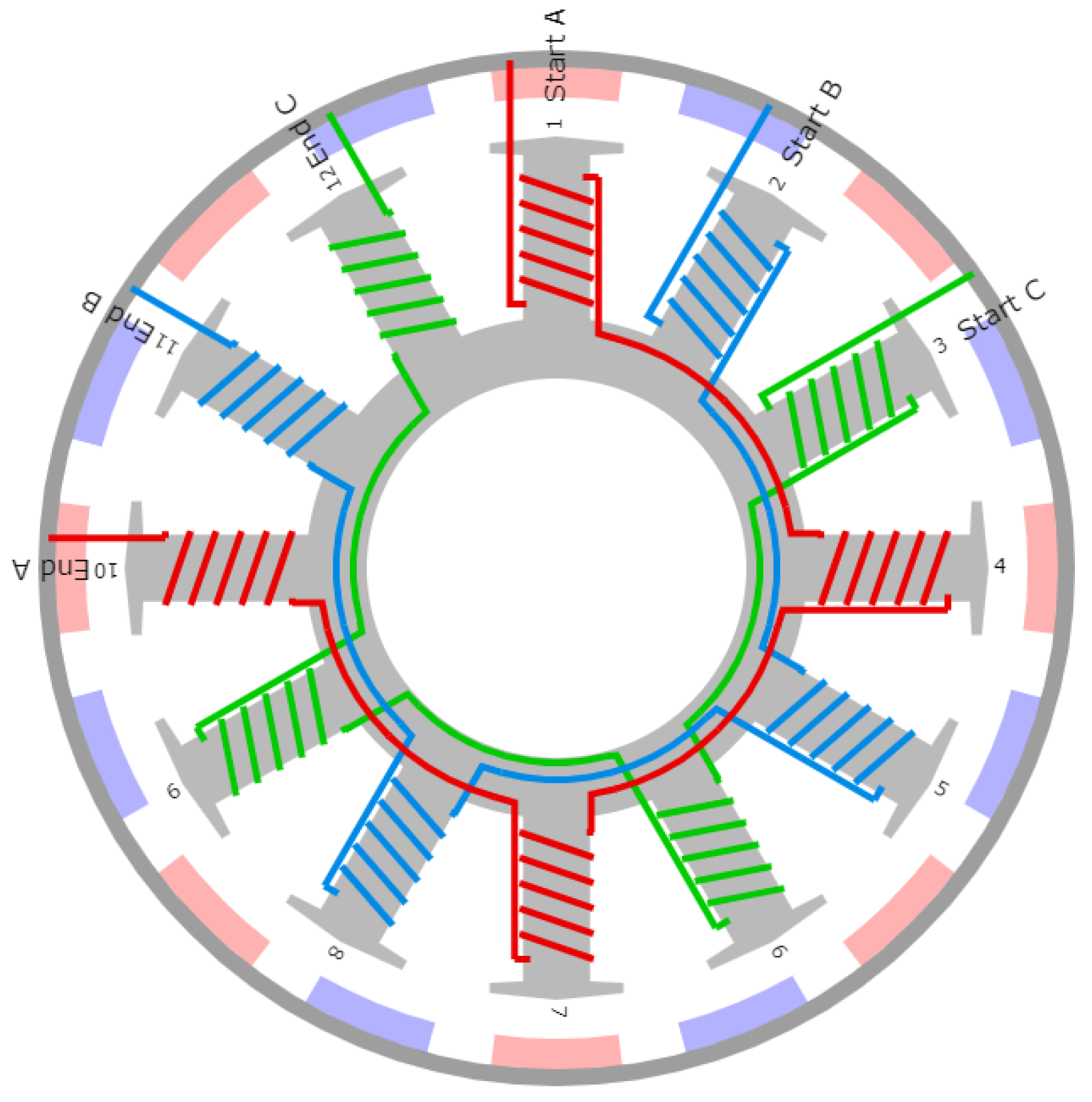
Energies, Free Full-Text, bldc motor

Fashion Frontier Energies, Free Full-Text, smart appliance

Advances in the calculation of binding free energies - ScienceDirect
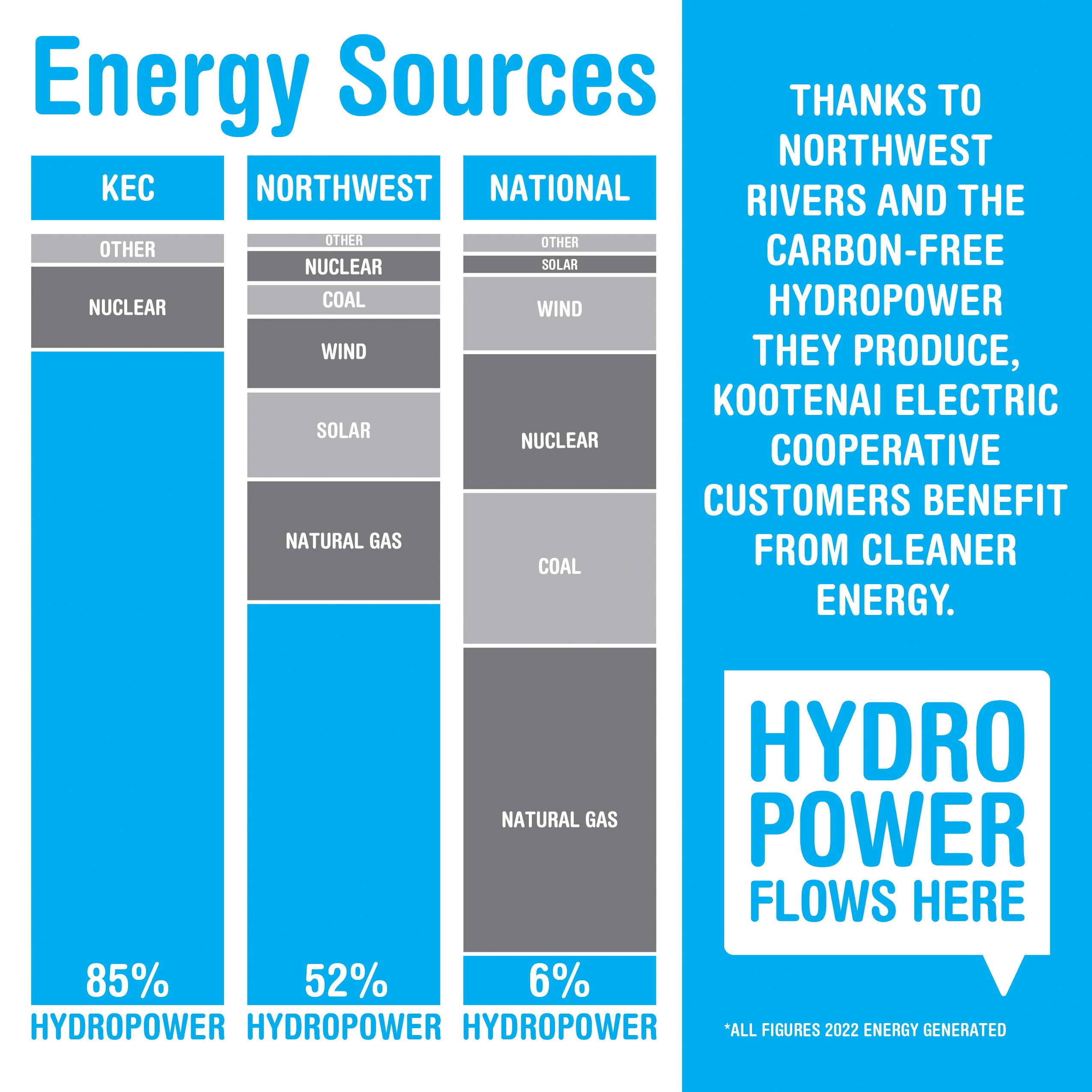
Carbon Free Energy Options Kootenai Electric Cooperative
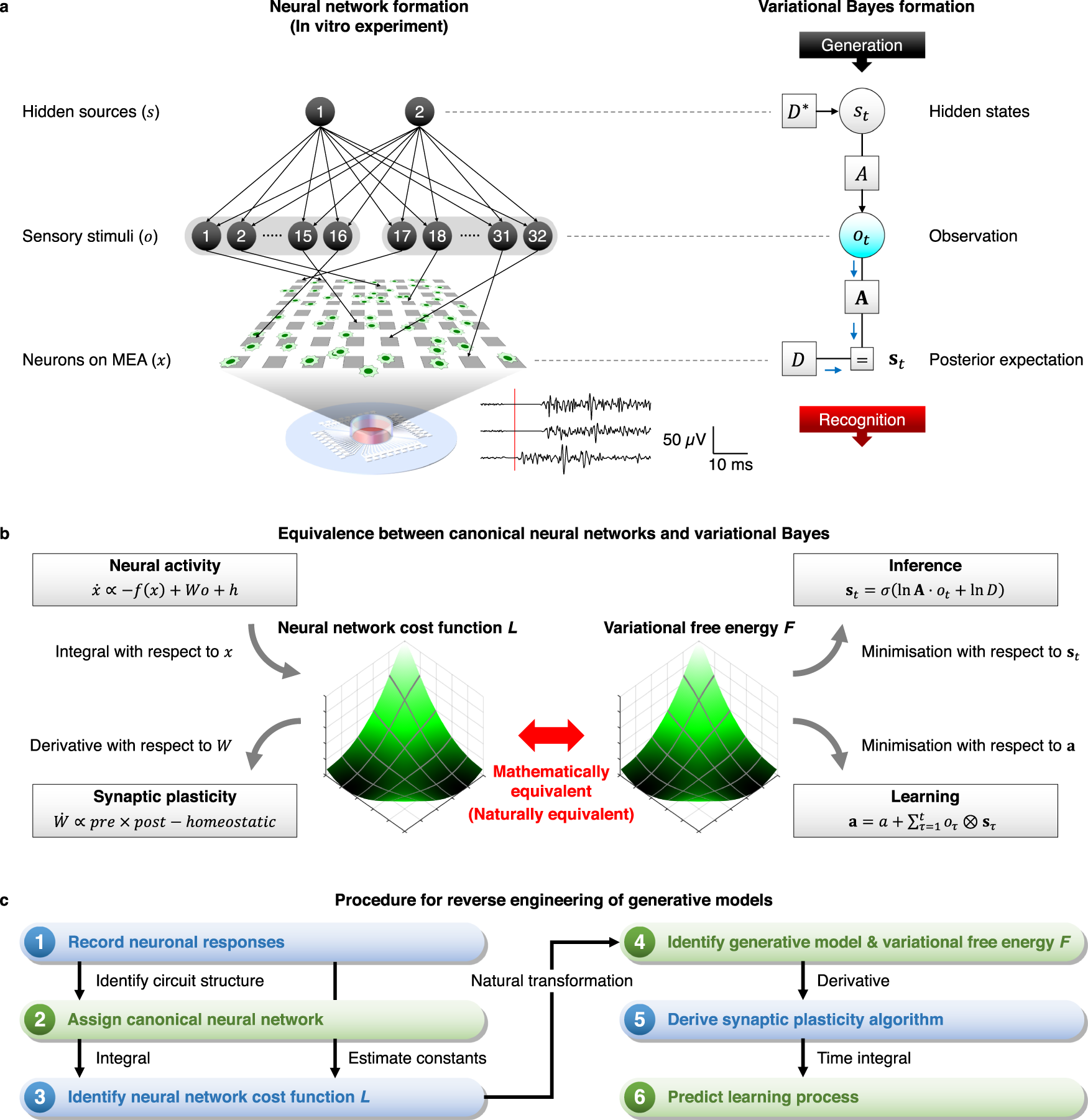
Experimental validation of the free-energy principle with in vitro neural networks

Energies, Free Full-Text, bldc motor

Energies, Free Full-Text, sm bot tutorial
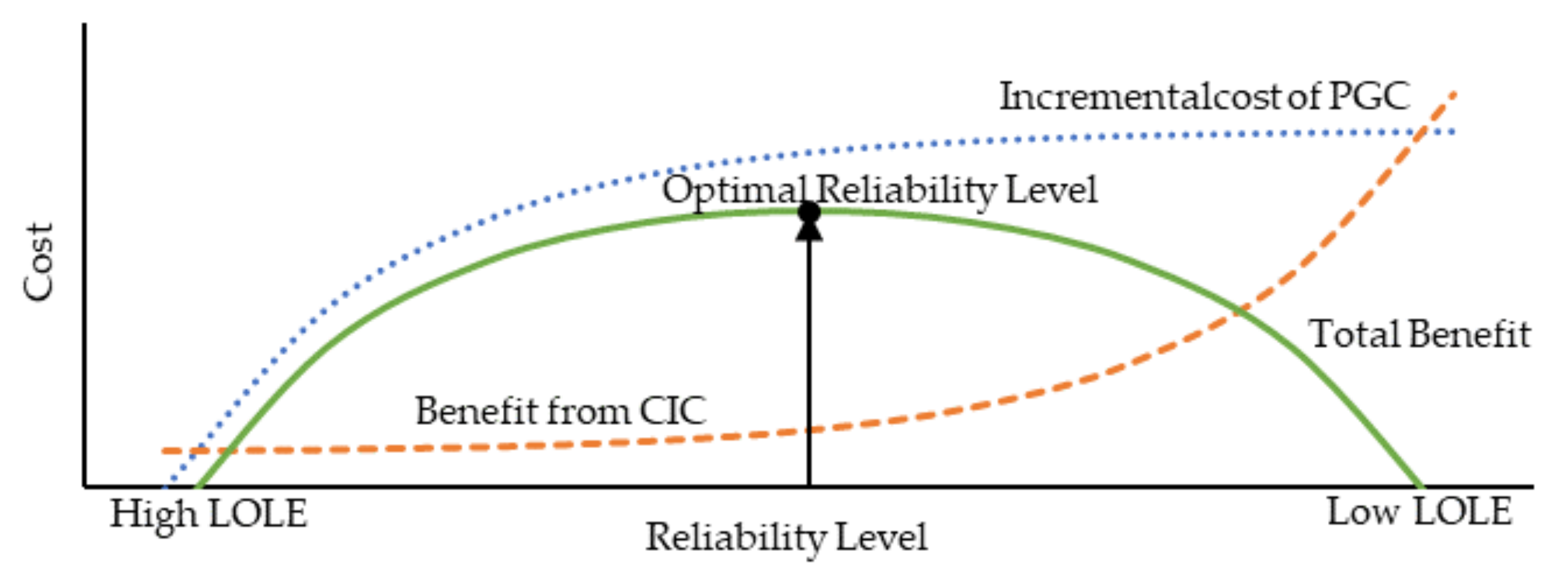
Lole Power System Reliability

Energies, Free Full-Text